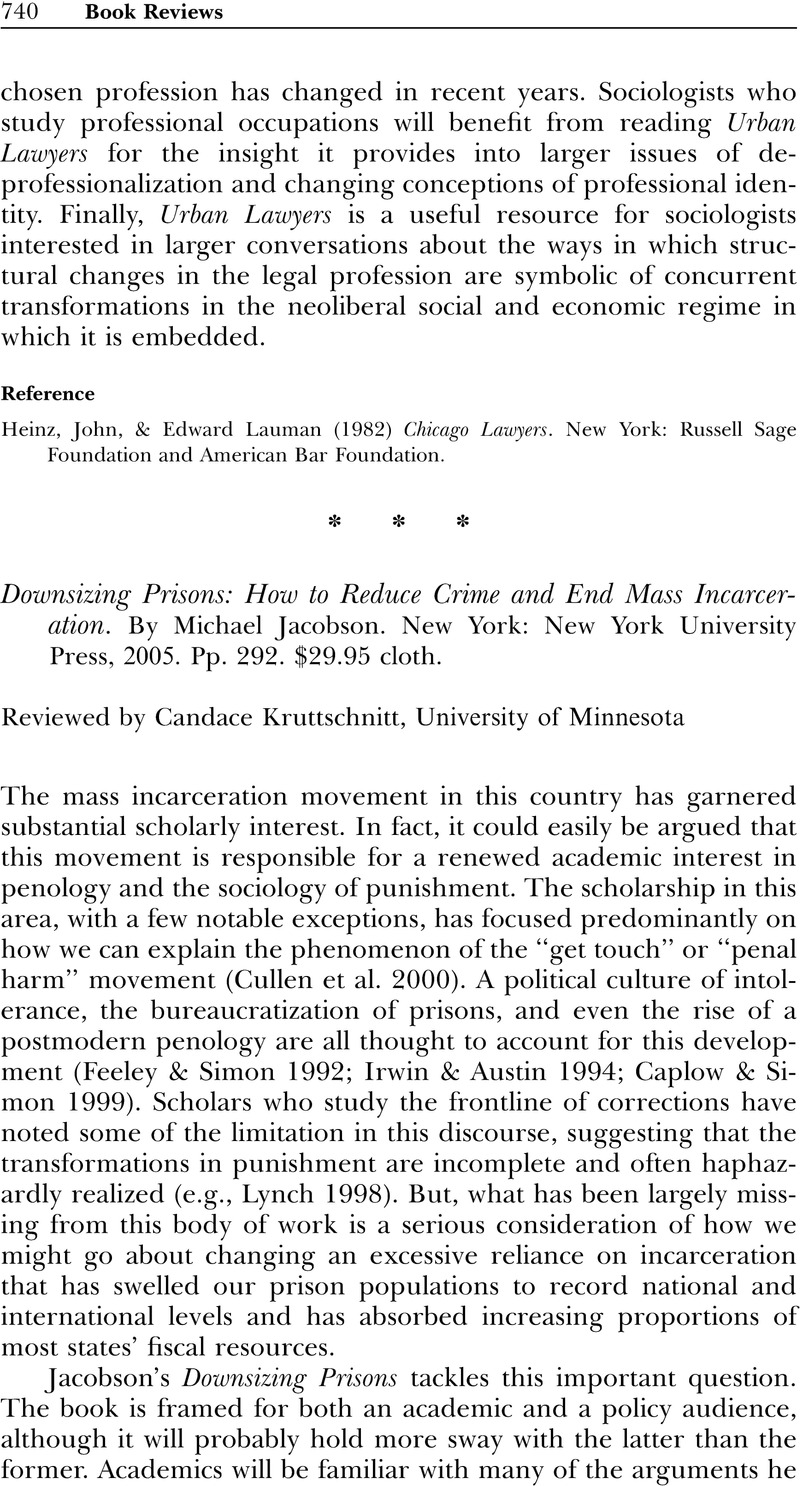Crossref Citations
This article has been cited by the following publications. This list is generated based on data provided by Crossref.
Einat, Tomer
2008.
Sentencing rationales, judicial discretion, and the practice of criminal fines in Israel.
Journal of Criminal Justice,
Vol. 36,
Issue. 5,
p.
444.



